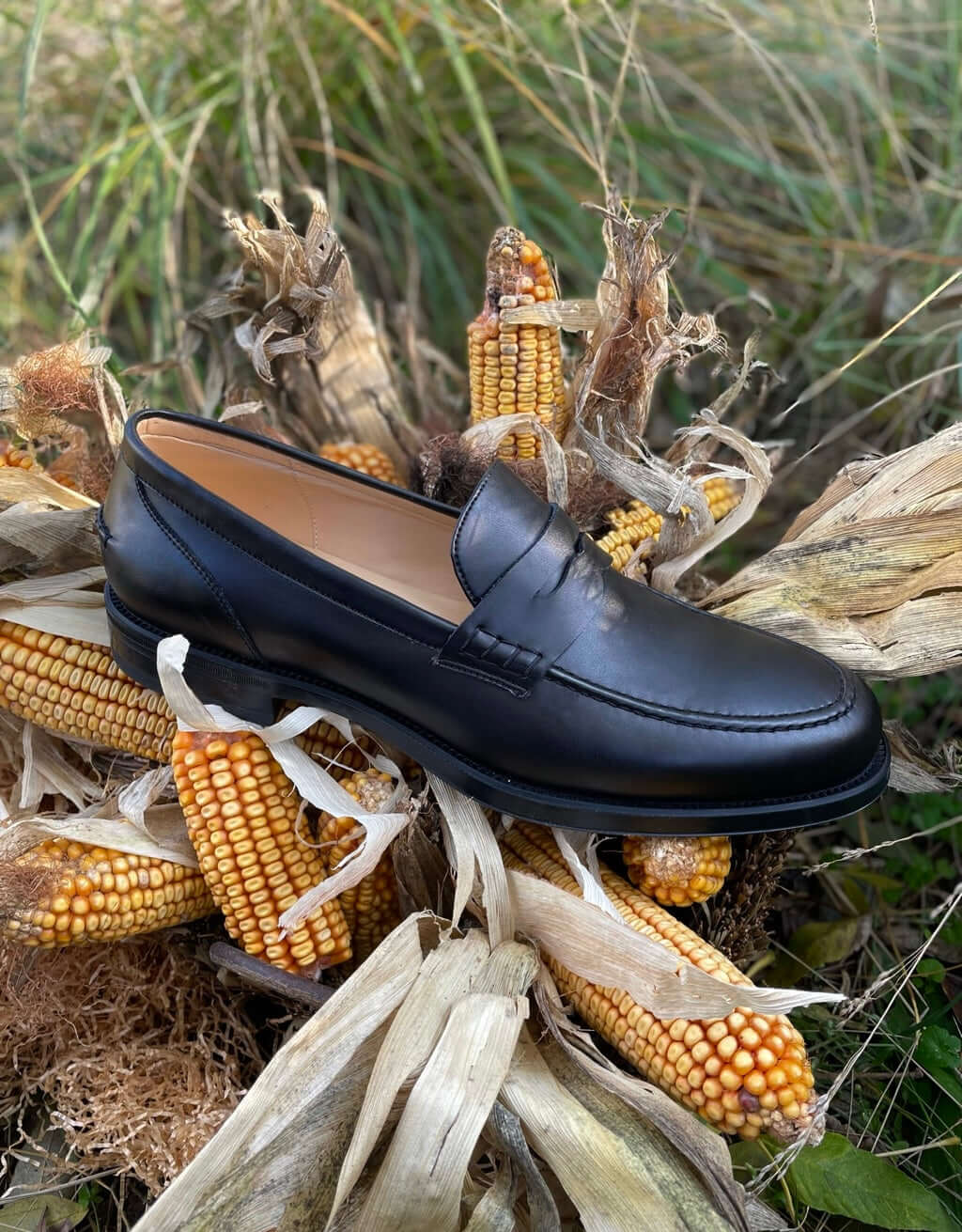Vegan leather is a textile material that combines the technical performance of traditional leather with principles of sustainability, environmental responsibility, and cruelty-free practices towards animals. Over the last decade, the rising demand for vegan products has prompted vegan leather suppliers to invest in research and development to create high-quality products. Consequently, vegan materials already surpass traditional leather in certain technical aspects. However, in this growing market, one must be cautious of companies that hide behind green-washing strategies, which can lead to the use of products that cause damage to the environment. Furthermore, there is significant confusion surrounding vegan leather: some describe it as plastic, while others view it as a material of the future. In this brief guide, we aim to clarify what vegan leather is and offer practical tips to navigate this field.
What Is Vegan Leather?
Vegan leather is obtained from natural or synthetic fibers that, once processed, mimic the appearance and performance of traditional leather. It finds use in a wide range of products, including vegan shoes, bags, belts, and general clothing. While the material aspects may resemble traditional leather, the significant difference lies in ethics: vegan leather does not harm animals. However, it's important to note that there are many types of vegan materials, each with its unique qualities.

Types of Vegan Leather
Vegan leather production involves various materials and methods, although not all of them are entirely sustainable. It can be broadly categorized into two main groups: synthetic and plant-based vegan leather. Synthetic options like polyurethane (PU) or polyvinyl chloride (PVC) have enjoyed widespread use for years, with PU being the most commonly employed material in clothing, such as jackets or vegan dress shoes. Manufacturers create this material by combining polyurethane with a surface layer that mimics the appearance of leather. It is versatile and finds applications in various industries, including fashion. PVC leather has similar qualities, but is more harmful to the environment than PU. Here's where a common misunderstanding arises: while a material may be cruelty-free, it may not be sustainable, which we'll explore further later on.
On the other hand, some manufacturers now produce vegan leather from natural fibers or plant-based materials. Plant-based leather can be produced from plants and fruits, including corn, cactus, bamboo, apple and grape peels, and even pineapple leaves (we have added links to websites where you can find more information). Each plant-based material has its strengths, weaknesses, and specific qualities that makes it more or less suitable for certain end purposes (for example, a vegan loafer will require a thicker, more resistant lining than a vegan sneaker).

Synthetic vs. Plant-Based Vegan Leather: Differences and Composition
Synthetic leathers are derived from fossil fuel-based products, having significant environmental impact, thus affecting animals and ecosystems. Additionally, synthetic leathers are mostly toxic and non-recyclable. For example, some PVC products are among the world's most polluting plastics, breaking down into microplastics that poison seas and oceans. On the other hand, plant-based materials have less of an impact on the environment, since they have a larger bio-based component. However, there's a significant caveat concerning the final composition of products like shoes or bags. Currently, plant-based vegan materials require support from other materials, often PU, which makes up a small percentage (usually around 25-40%) of the final composition, but is essential for providing structural reinforcement. Consequently, there are little to no products on the market that are 100% plant-based. Instead, most products are a combination of multiple materials, including different types of vegan leather, whether synthetic or plant-based.
Advantages of Vegan Materials
Choosing vegan leather is an ethical decision that supports animal welfare. Also, vegan leather consumes less water, emits less CO2 from livestock farming, and doesn't contribute to deforestation for pastureland. In other words, opting for vegan leather helps protect the planet, a compelling reason to choose vegan over animal-based materials. Beyond this, vegan leather can be a superior solution compared to traditional leather, depending on its intended use. Vegan leather is highly versatile, making it suitable for various products beyond clothing. From a comfort perspective, vegan leather shoes, for instance, tend to be more comfortable than their traditional counterparts. They are lightweight and more water-resistant. Moreover, some vegan leather products, including safety shoes, are even more durable than traditional leather options. In essence, the variety of possibilities offered by different types of vegan leather makes them a compelling choice when it comes to choosing a shoe or a bag.
Limitations of Vegan Materials
Some synthetic vegan materials are not necessarily environmentally sustainable, particularly those made from PU or PVC. These materials indirectly impact animals and ecosystems due to their association with fossil fuels. Also, some advantages come with corresponding disadvantages. For instance, if a vegan shoe is highly water-resistant, it may be less breathable. More breathable materials may be less durable, wearing out quicker. However, several companies are implementing strategies to address these limitations. They combine multiple types of materials, leveraging their respective strengths to meet desired standards. Furthermore, vegan materials do not match animal leather in certain qualities. Apart from look and feel, traditional leather products generally have a longer "lifespan" than vegan leather products (excluding safety shoes).
Purchasing Vegan Products: Considerations
Before you buy vegan products, whether they are synthetic or plant-based, you should address several questions. As previously mentioned, there is a risk of purchasing products that result from "green-washing" strategies. Plant-based materials may be cultivated and transported across the globe, consuming fuel and producing CO2 emissions. This can result in higher emissions than those of PU-based materials manufactured and sold in the same location. Often, these plants are grown on intensive plantations, utilizing significant amounts of pesticides, leading to soil degradation. Some essential questions to consider when purchasing vegan materials include: do they have certifications? do they come with technical schedules? Where do the materials come from? And, last but not least, does vegan leather production respects workers' rights? These are just some of the questions to ask before making a purchase.

